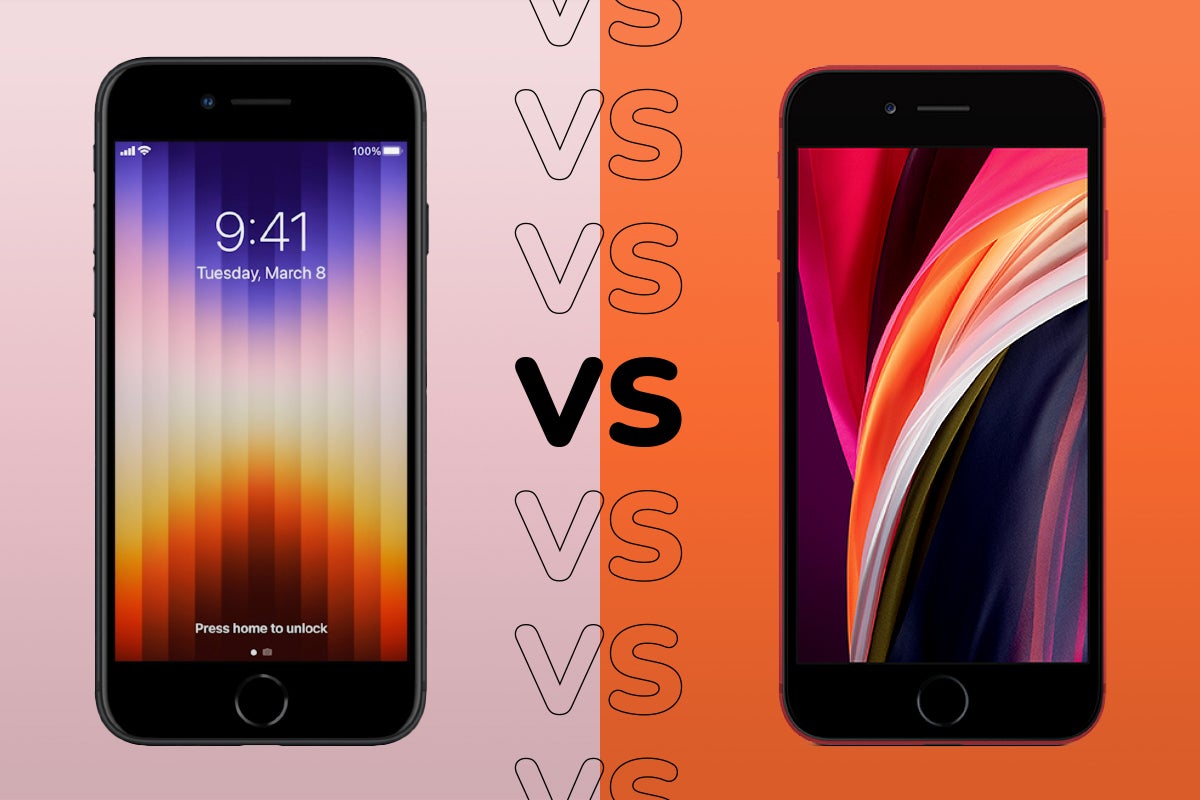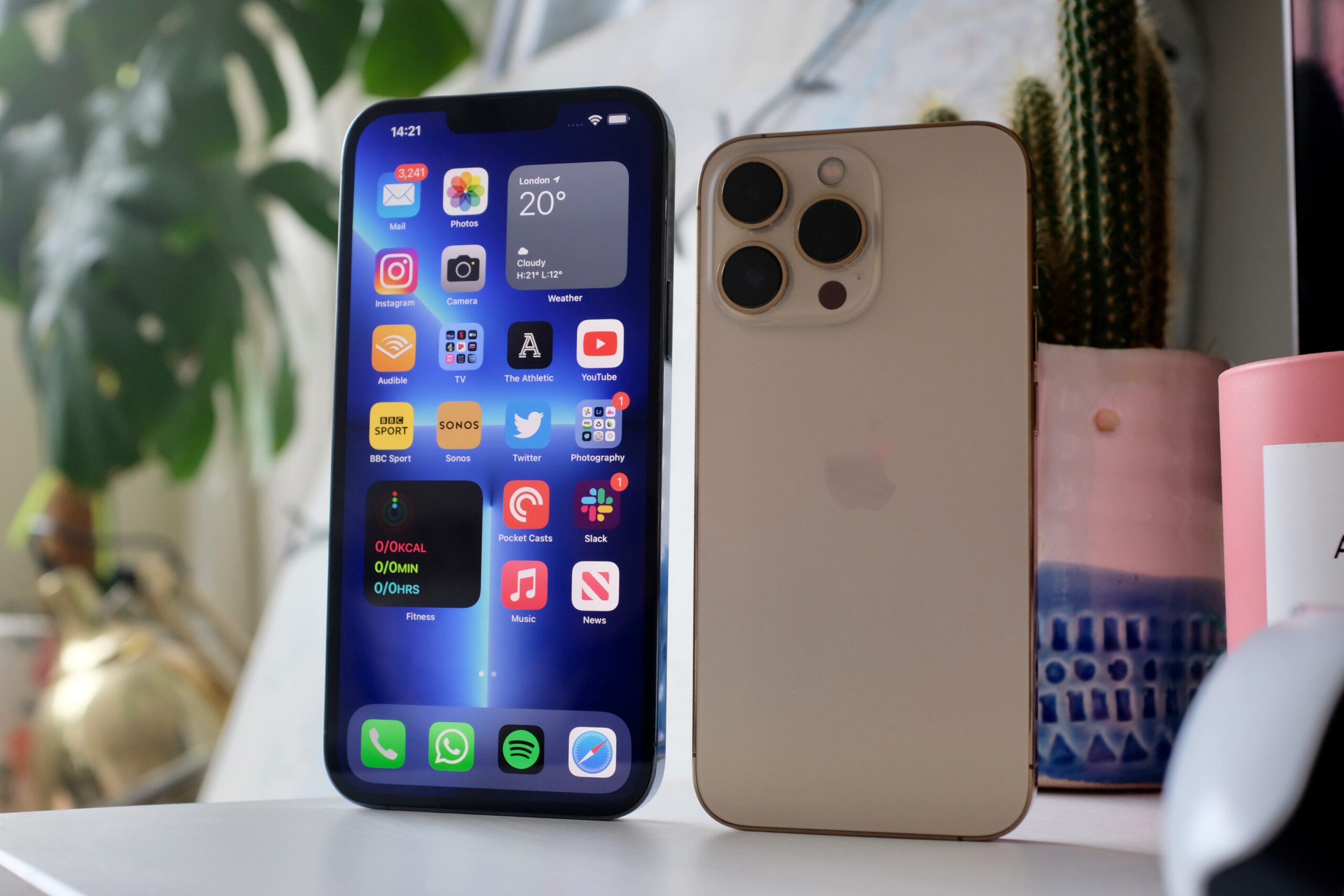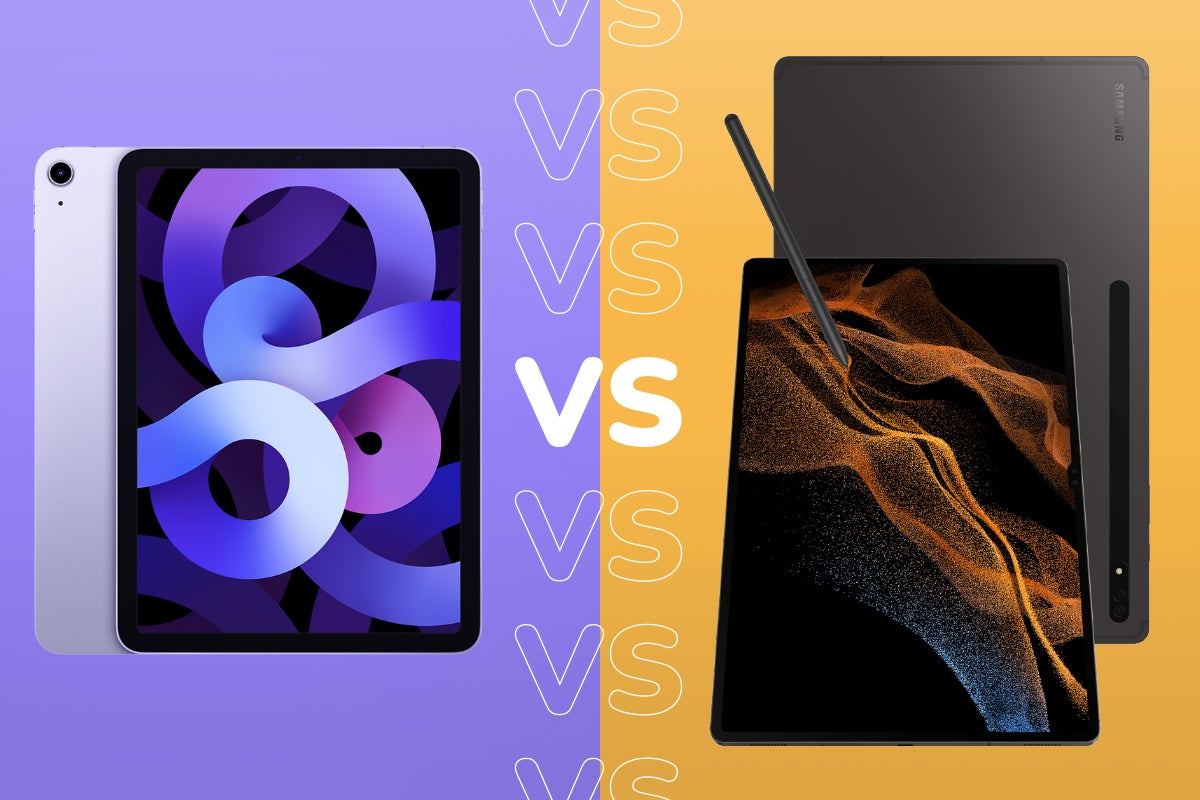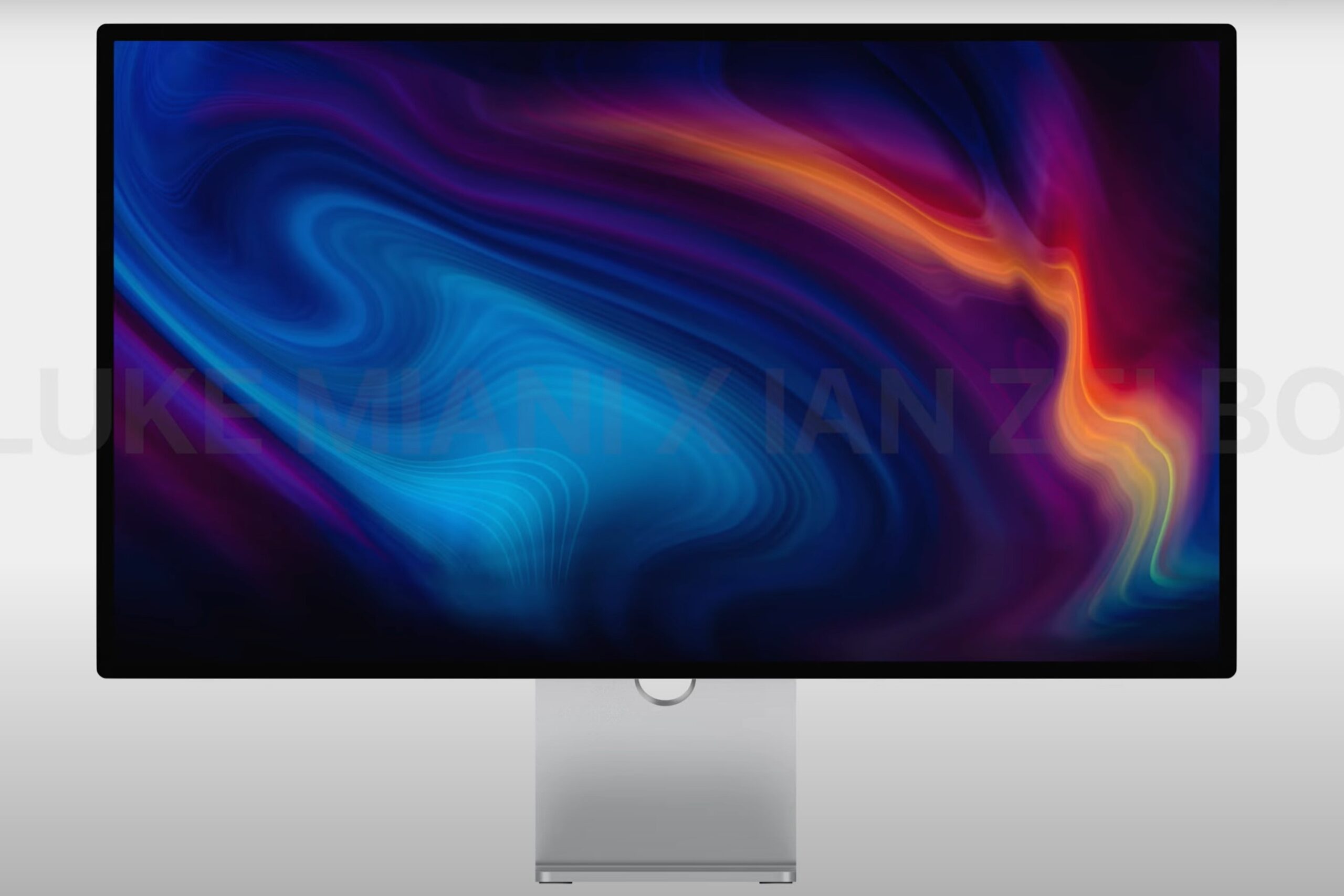The iPhone SE 3 doubles down on its strengths, but still has gaping weaknesses
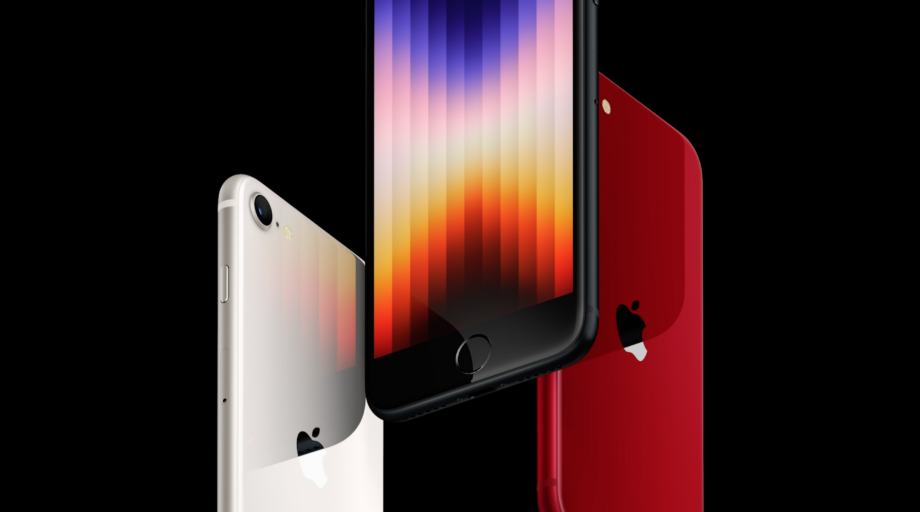
OPINION: Apple’s new affordable phone excels in the same areas as its predecessor, but there are some undeniably disappointing aspects too.
So after all the hype, the new iPhone SE 2022 has finally been released… and the crowd goes mild.
After rumours of a redesign and hopes, more than expectations, of something finally being done about that screen, we’re instead left with a device that is near-indistinguishable from its predecessor, with the only big advances having been made to its strengths rather than addressing its weaknesses.
To start with the positives, you’ve got to admit that it’s extremely impressive for, frankly, any smartphone at all to run on a chipset as powerful as Apple’s monstrous A15 Bionic, let alone an affordable one such as this.
The same processor you’ll find on the iPhone 13 Pro will no doubt excel here, leaving all its rivals in the dust; but likewise, the A13 Bionic in the iPhone SE 2 had already greatly impressed us, and performance was at the very bottom of our wish list of improvements before the launch.
While the SE 2’s camera was excellent when used in daytime, we had hoped for improvements to the camera, particularly for lowlight shooting — and indeed Apple has claimed to have upgraded the sensor this year. We’ll have to wait and see how it performs, and whether it makes a big difference, but this was nonetheless welcome news.
However, despite its overall value for money, the iPhone SE 2 had some clear, almost crippling weaknesses when it was released — and now, two years later, they are more glaring than ever yet have been left completely unresolved by its sequel.
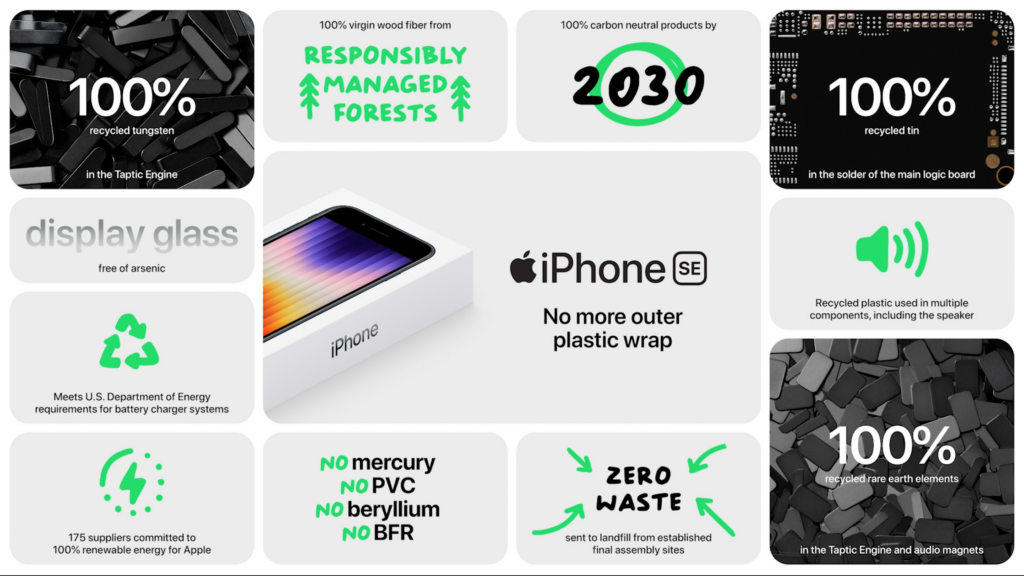
I can’t really understand how Apple is releasing a phone that costs £419 and yet offers only a 4.7-inch LCD screen with a 750x1334p resolution. Simply put, no other smartphone manufacturer would do such a thing in this day and age. This tiny and underwhelming panel is leagues behind most of its competitors; just take the recently-released Poco X4 Pro 5G for instance, which costs €299 (~£249) yet offers a 6.67-inch AMOLED with a Full HD+ resolution and a 120Hz refresh rate.
On a related note, the general design also makes the iPhone SE 3 look more like a museum piece rather than the best phone. Still clinging on to the shell of the iPhone 8, which was released five years ago and itself resembled 2014’s iPhone 6, this little handset looks nearly a decade out of date and is a far cry from the direction of the rest of the market towards bezel-less handsets that maximise the display size.
I can understand that the home button still has a fanbase, and I actually appreciate that there are many benefits (including wider accessibility) to having the choice of a smaller and more manageable handset. However, Apple’s execution leaves much to be desired and the brand must do better next time.
There’s a third concern for the iPhone SE 3 besides the design and screen, and that’s battery life. We found that its forerunner would just about scrape through a day’s usage before needing a charge, but it really was nothing special in this department. While the efficiencies brought about by the new chip might help the battery to last a little longer through the day, there was no word on an increased battery capacity during the presentation, and once again when it comes to this crucial feature we often find the mid-range Android phones can boast impressive longevity.
The iPhone SE 3 still has plenty on offer — a brilliant processor, 5G connectivity, and a promising camera being among its key selling points. But the limitations of the design and screen, and potentially even the battery, do make it look like Apple may have just metaphorically plonked the engine of a Ferrari into a Fiat.


